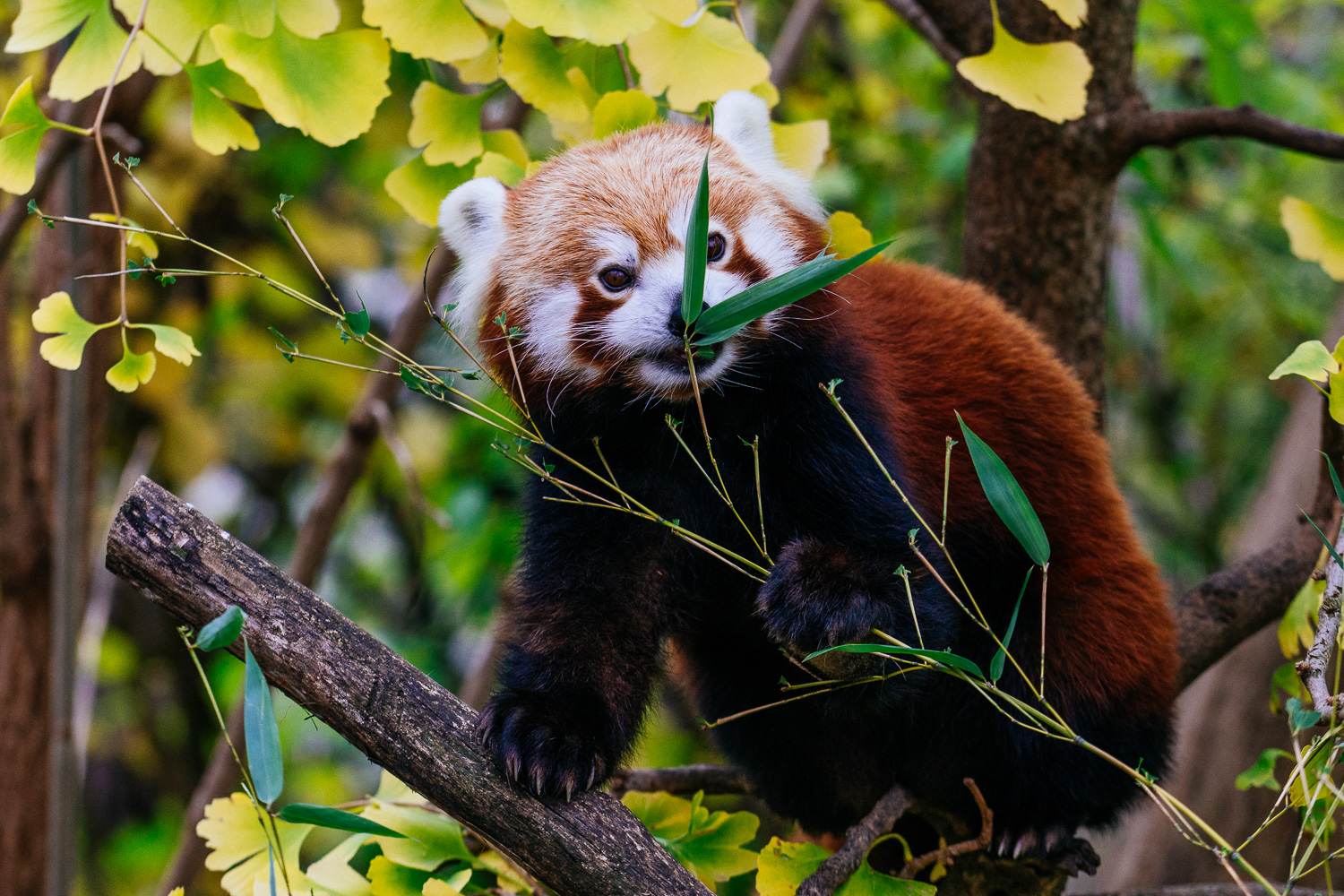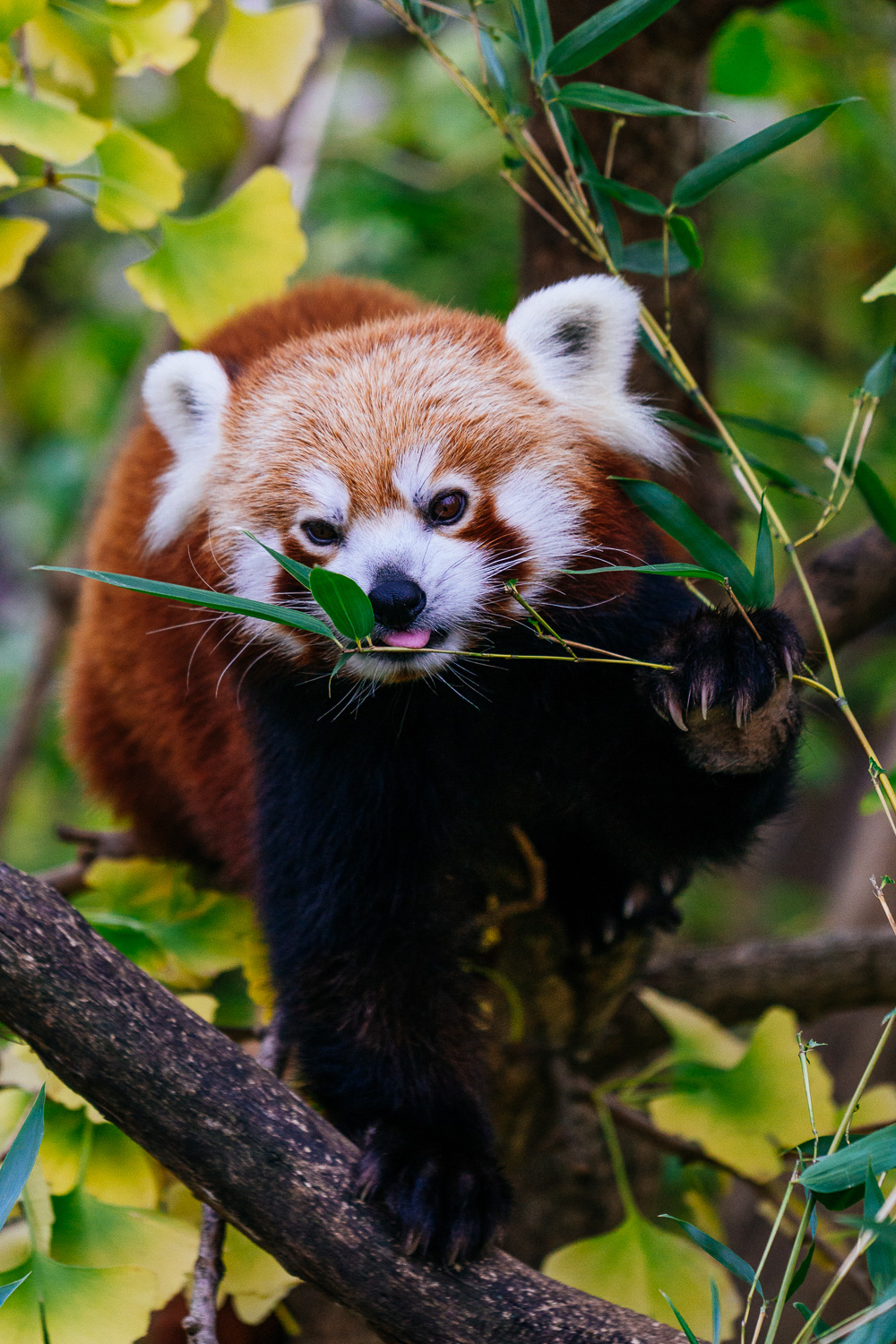 SONY ILCE-6000 (165mm, f/4, 1/320 sec, ISO1600)
SONY ILCE-6000 (165mm, f/4, 1/320 sec, ISO1600)
I did it again. I bought a 70-200/4 lens again even though I love my Canon EF 70-200/2.8 IS II. This time it’s from Sony.
A high grade tele zoom is most likely the most important lens and for most people it is the second lens they get after the standard zoom.
I remember when I got my first 70-200/2.8. It was a Nikkor AF-D 80-200 /2.8 ED. It was my first pro grade lens back. It had a rather slow mechanical AF and didn’t have image stabilization but I immediately felt in love with it. For the first time I had shallow depth of field and in the learning phase I shot a couple of rolls before I learned that the old praxis to focus on the edge of someones head didn’t work anymore. I got sharp ears but soft eyes.
But when I managed to got the focus right the results were stunning. My slides never looked that good, colorfully and contrasty before. Later I replaced it with the Nikon AF-S 70-200 VR mainly to get faster AF and to be able to use AF-converters. Both great lenses but heavy. When all my Nikon gear got stolen I changed to full frame with the Canon 5D and initially bought two lenses: the 24-105 L and the Canon EF 70-200/4 IS L. I loved the idea that my kit lens started at 24mm and that my pro grade 70-200 was light and compact. And the Canon was as sharp wide open as the Nikon was stopped down to f4. Full Frame also meant that DOF wide open was the same if slightly better on the Canon. I was a happy man. My camera gear never was so light and capable before.
 SONY ILCE-6000 (165mm, f/4, 1/320 sec, ISO1600)
SONY ILCE-6000 (165mm, f/4, 1/320 sec, ISO1600)
 SONY ILCE-6000 (172mm, f/4, 1/320 sec, ISO1600)
SONY ILCE-6000 (172mm, f/4, 1/320 sec, ISO1600)
I was a happy man until I went to Canada in 2011 and joined a Grizzly watching tour. My Canon EF 70-200/4 IS L with the Canon 1.4TC mkII was attached on a Canon 500D. It was end of September but around lunch time so the light was harsh. I didn’t like the results especially the very busy Bokeh of the combo. A month later at home I took images of the song birds at my bird feeder. As the 70-200/4 was too slow I ended using my 135L plus the converter which gave me a 190mm/2.8. The images looked much better because of the less busy background.
Another year later I finally traded my Canon EF 70-200/4 IS L for a Canon EF 70-200/2.8 IS II L and I was delighted. The f2.8 version was even sharper and had better contrast and colors than the f4 version. And of course subject isolation was much better. In short it is a fantastic lens. But it is a heavy beast too. With 1,5kg it was by far the heaviest 70-200 I have ever owned.
On this years vacation in the USA I often replaced it with an additional water bottle on longer hikes. So I had one of the best lenses but hesitated to take it with me on many occasions because of its weight. Not good!
Which, after the longest intro ever, brings me to the Sony FE 70-200/4 OSS. Lately I went to a watchtower to take some landscape shots. Because of weight I left my Canon 70-200 /2.8 IS II L at home as most of the time. I missed some stunning shots of an autumn landscape with a castle on a hill that stood out of the fog. That day I decided that I need to get a light 70-200 again.
 SONY ILCE-6000 (172mm, f/4, 1/320 sec, ISO1250)
SONY ILCE-6000 (172mm, f/4, 1/320 sec, ISO1250)
 SONY ILCE-6000 (168mm, f/4, 1/320 sec, ISO1250)
SONY ILCE-6000 (168mm, f/4, 1/320 sec, ISO1250)
But why the Sony? I got the Sony because I seriously consider t replace my full frame Canon with Sony. I like their A7series cameras. I want to have a lighter camera gear on my vacations. I want a smaller camera body and lighter lenses plus I love the tilt screen for low viewpoint shots. And of course I like the better dynamic range of their sensors. I also have a Sony A6000 that I love for its compactness and speed.
At the moment I still use a Sony A7R and because of the shutter shock the 70-200 is of limited use on that camera. You need to watch the shutter speed or better to shoot at S or M-Mode with shutter speeds of 1/250s of shorter to avoid slightly blurry images. Not very practical but I can use the 70-200 on the Sony A6000 which gives my a nice and light two camera solution. The Canon EF 16-35/4 IS L on the A7R and the Sony FE 70-200/4 OSS on the A6000. I looked at all the tests on the internet but there was only one way to find out if it is a good lens or not. I bought it.
After some initial shots in my garden it was time to take it out. As the weather was grey, foggy and boring I decided to go to the zoo. To take a 70-200/4 on a APS-C camera to the zoo is not the smartest decision. The lens is too short and too slow to give good subject isolation on an APS-C sensor but I just wanted to try it out.
As the light was low and I wanted to isolate the subject I shot wide open all the time. And mostly on its longer end or close to it. So I used the lens where it shows its weakest performance. To keep it short: Yes the lens isn’t extremely sharp at 200mm and f4. It sharpens up quickly though and it is impressive from f8. Subject isolation and Bokeh is as I recall it from my Canon 70-200/4 IS L. AF is quick but not lightning fast. Don’t expect DSLR speed. But so far I mostly shot it in poor light. Just take a look at the EXIF data all shots are taken at ISO 1.250 or ISO 1.600!
“We happy Vincent? “Yeah we happy.” It is a very good lens. Built quality is high and image quality is very good too. I can’t say anything so far regarding its IS because when shooting animals you need a short shutter speed to avoid motion blur. It is super sharp if stopped down a little and it will make a superb landscape lens. Bokeh is nothing special but not that bad either. 70-200 lens are never famous for Bokeh anyway. If you want a creamy Bokeh you have to get a nice tele lens instead. Same is true for subject isolation. A clear step up from slower 70-300 zooms but don’t expect to get rid of a busy background especially if it is close to your subject.
Doesn’t sound very positive? No, not really I like the lens but it is what it is: a compromise. If you want the very best you need to get the Canon EF 70-200/2.8 IS II L. If you want a good compromise in between performance and weight the Sony is perfect. If you plan to use it on a Sony A7 I don’t think it makes any sense to get the Canon EF 70-200/4 IS L instead. The lenses are too close to bother with an adapter. I will use this as my tele zoom on future vacations unless I go to Alaska or Canada and plan to shoot some wildlife. In those cases I will take my big and heavy Canon that I simply can’t sell. The risk is too high that I might buy it again.
Final question: f2.8 or f4? That’s simple. If you can afford and/or justify it get both!

